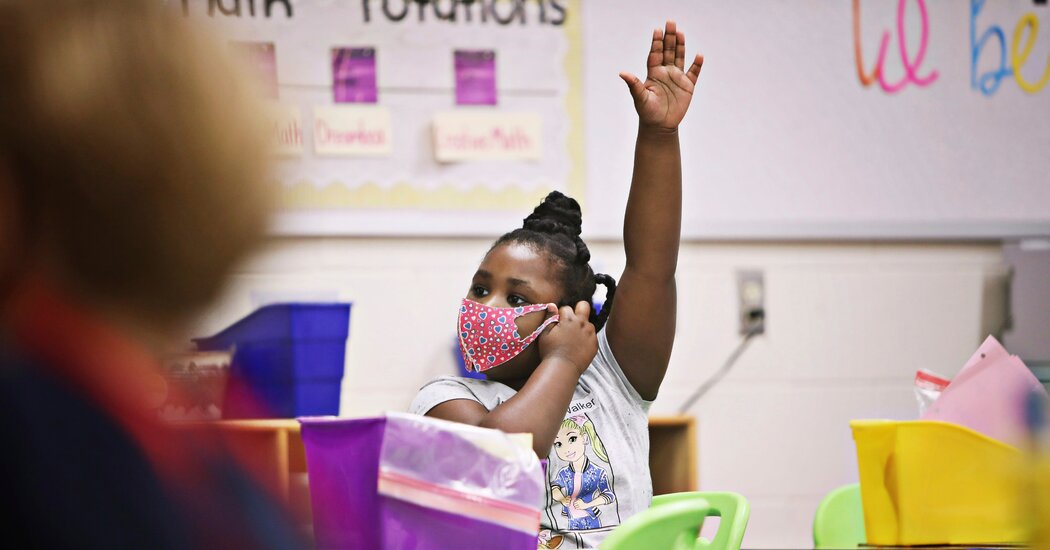
Others, including some who have been highly critical of the C.D.C.’s past school guidance, praised the new guidelines.
“For the first time, I really think they hit it on the nose,” said Dr. Benjamin Linas, an infectious disease specialist at Boston University. “I think it’s science-based and right on the mark.”
Dr. Linas said that he anticipated pushback to the recommendation that unvaccinated children wear masks, but that it still made sense.
“I don’t want to send my 11-year-old to school without a mask yet, because Delta is out there,” he said, referring to the highly transmissible variant that now causes the majority of cases in the United States. “And even if she’s not going to get severe Covid from Delta, I’m not ready to take that risk.”
Emily Oster, the Brown University economist and author of parenting books who waded last year into the contentious debate over school reopenings, using data to argue that children should return to school in person, said that she was generally pleased with the C.D.C.’s framework, which she said gave districts a road map to reopen without being too prescriptive.
Though she had pushed for even more relaxed guidance — doing away with the three-foot rule altogether, for example — she said the new recommendations gave districts important flexibility.
“This is, in some ways, the most positive I’ve been about their advice,” Dr. Oster said.
Though there are far fewer cases overall than during the winter peak, including in children, they have increasingly made up a greater proportion of cases as the pandemic has gone on and, recently, as more adults have been vaccinated.
